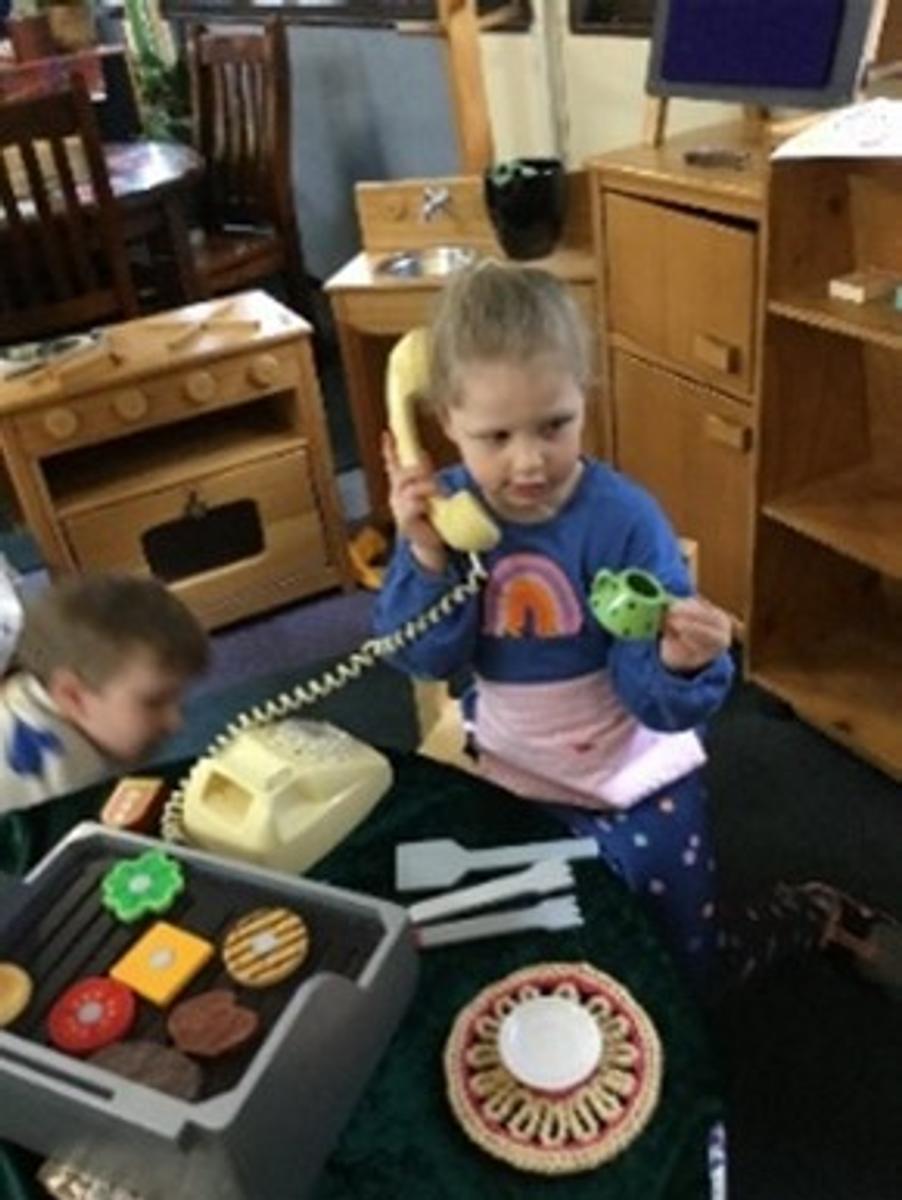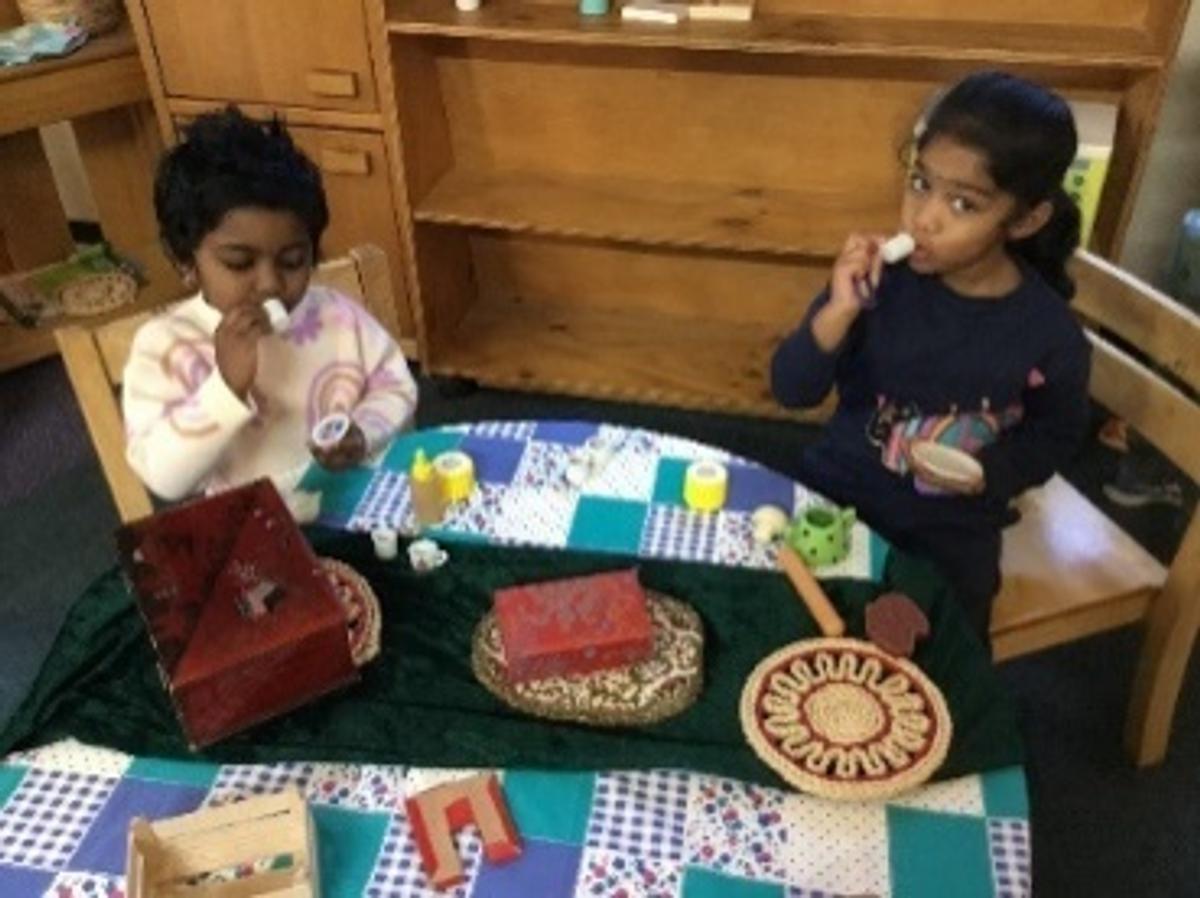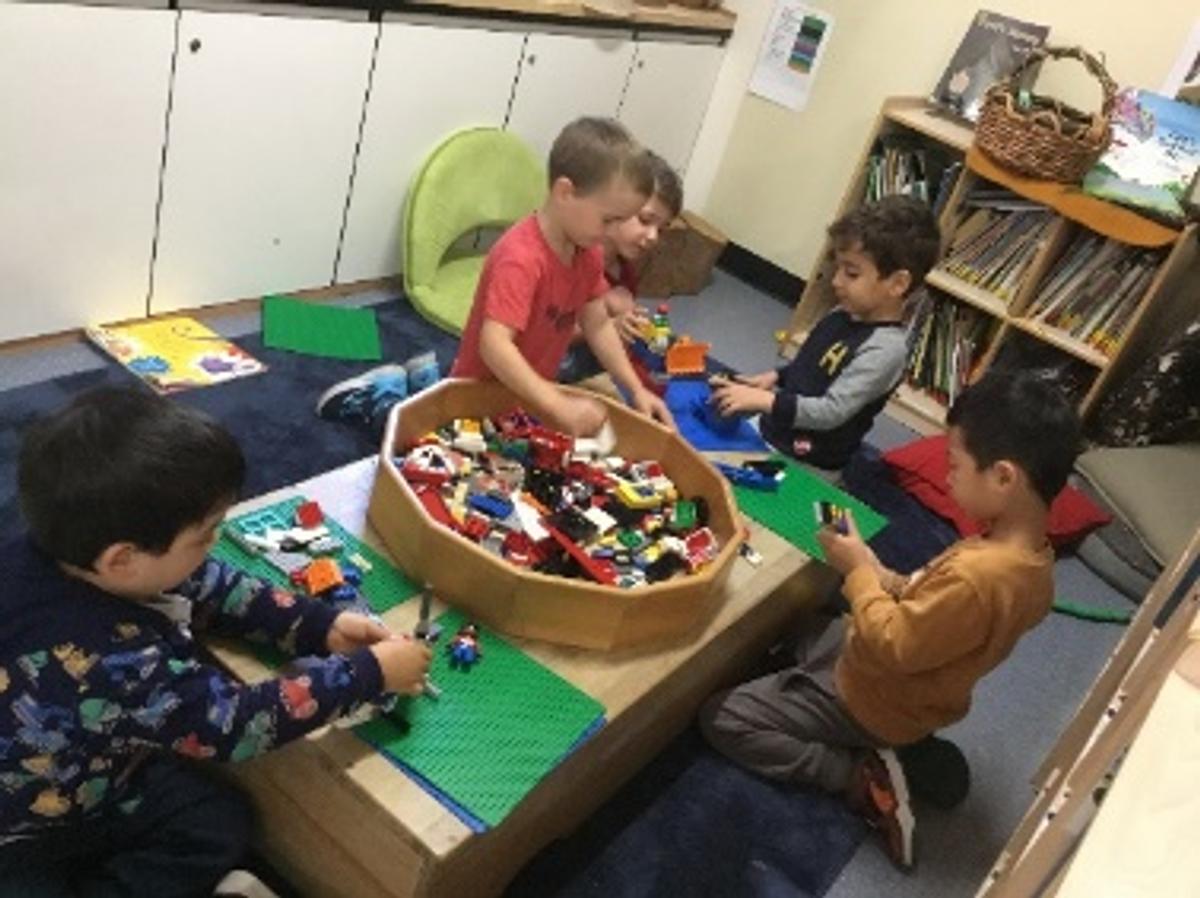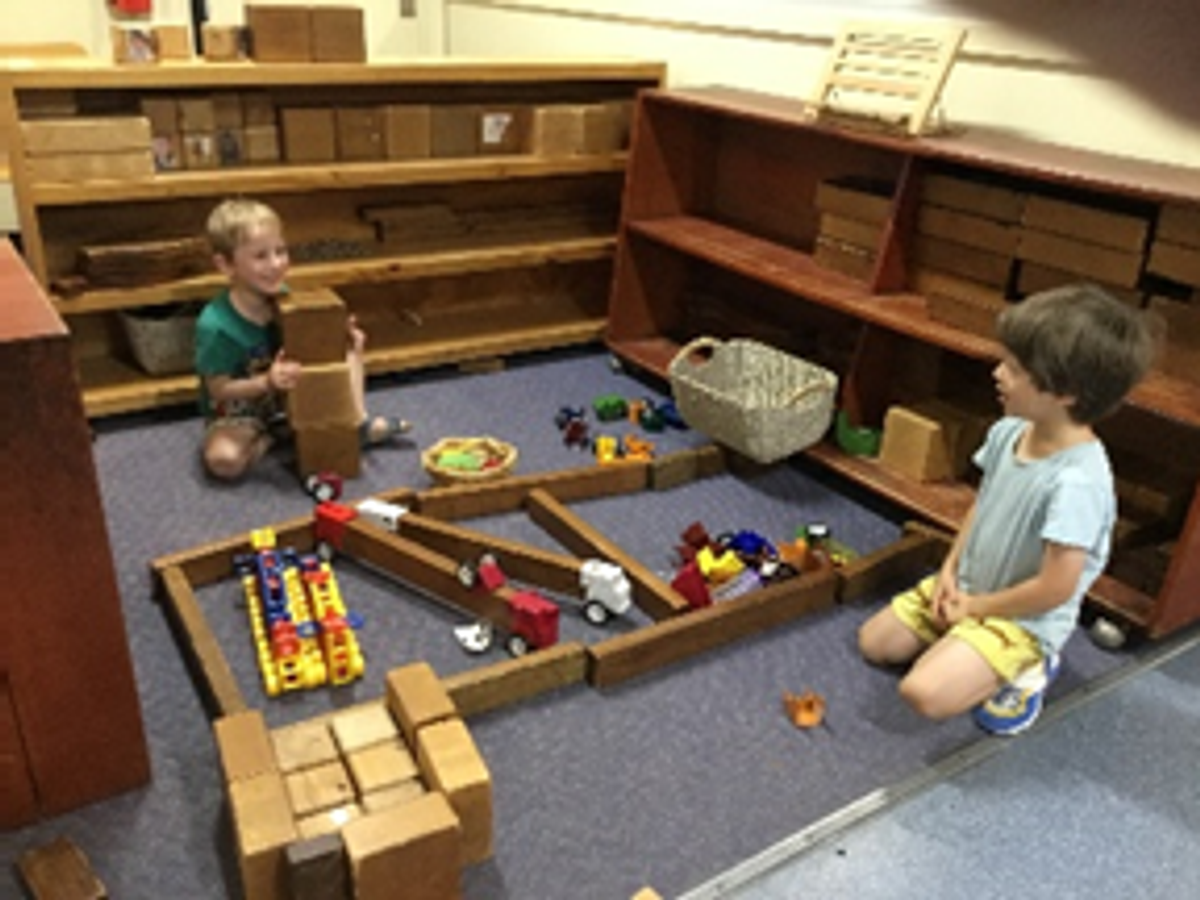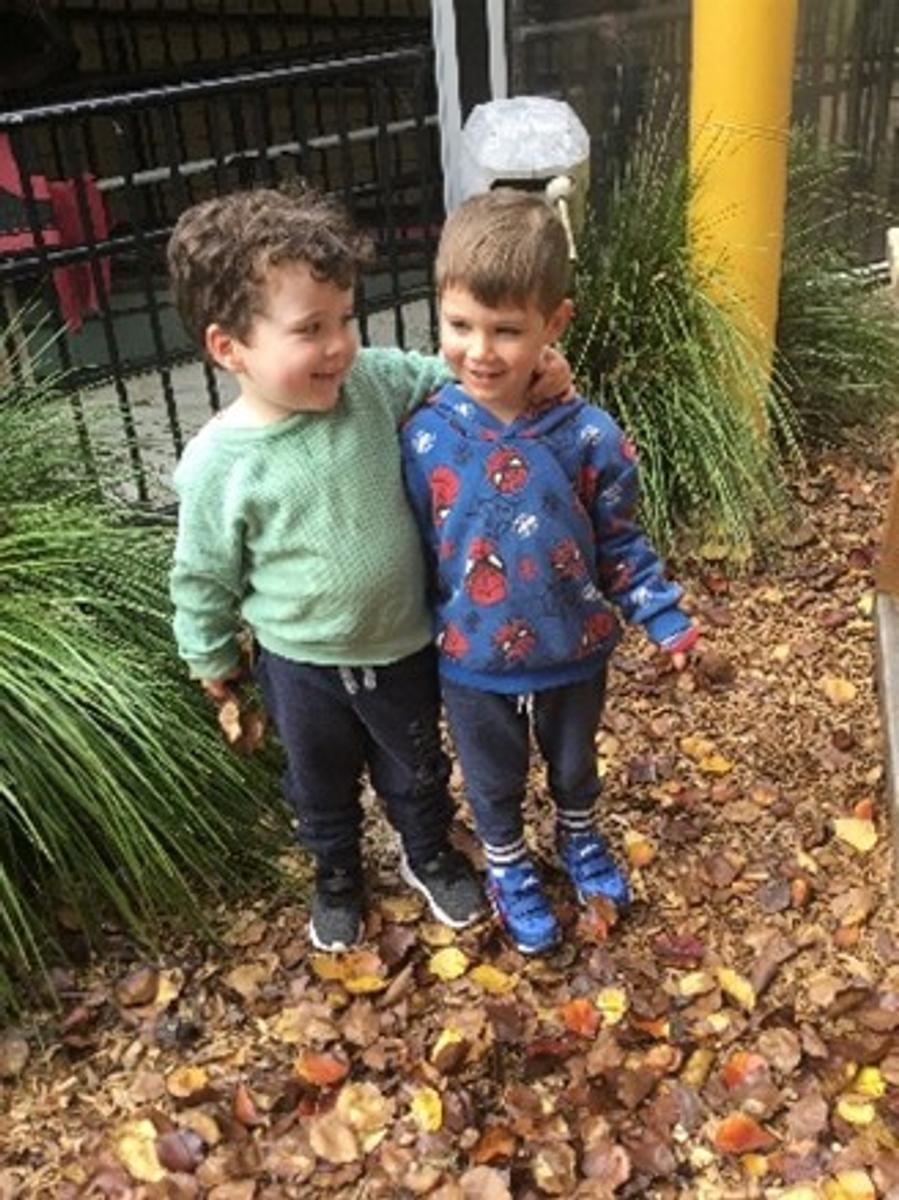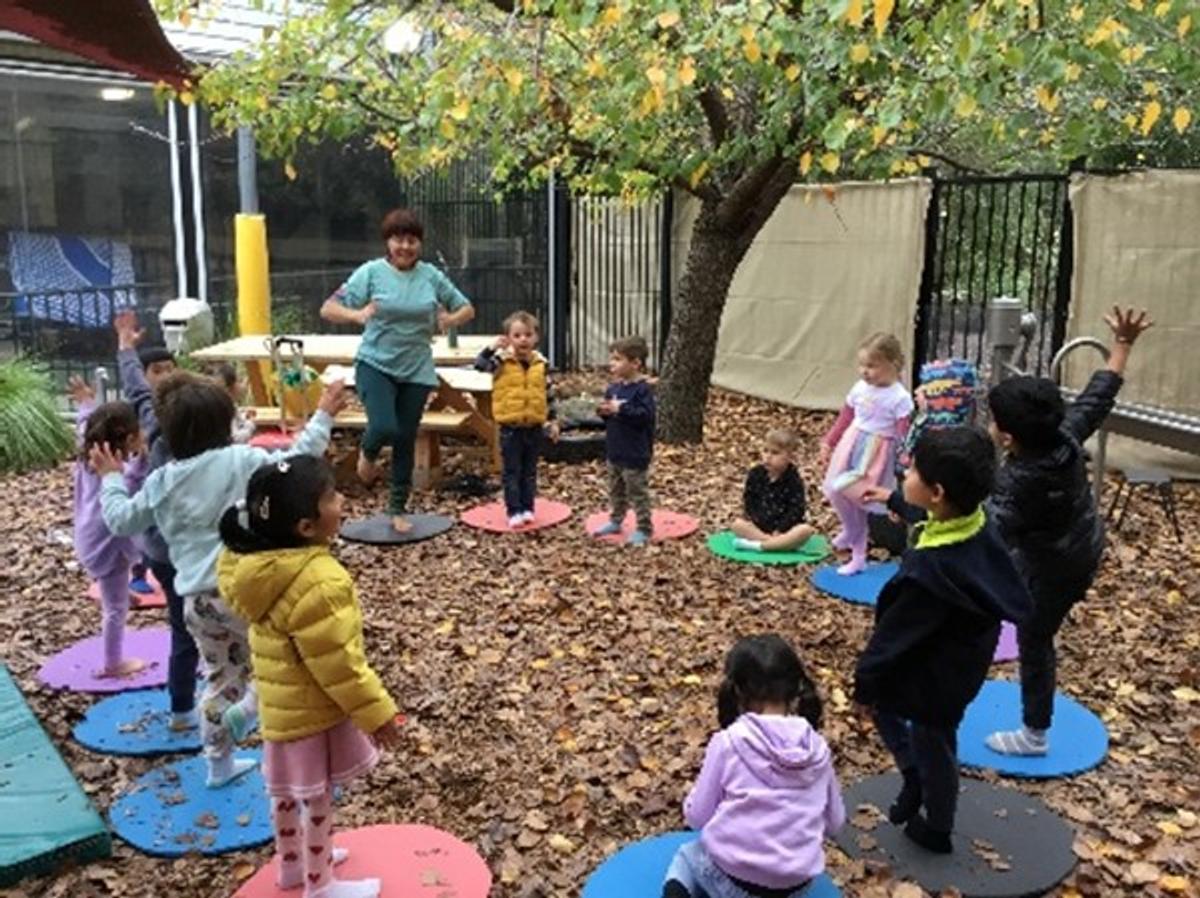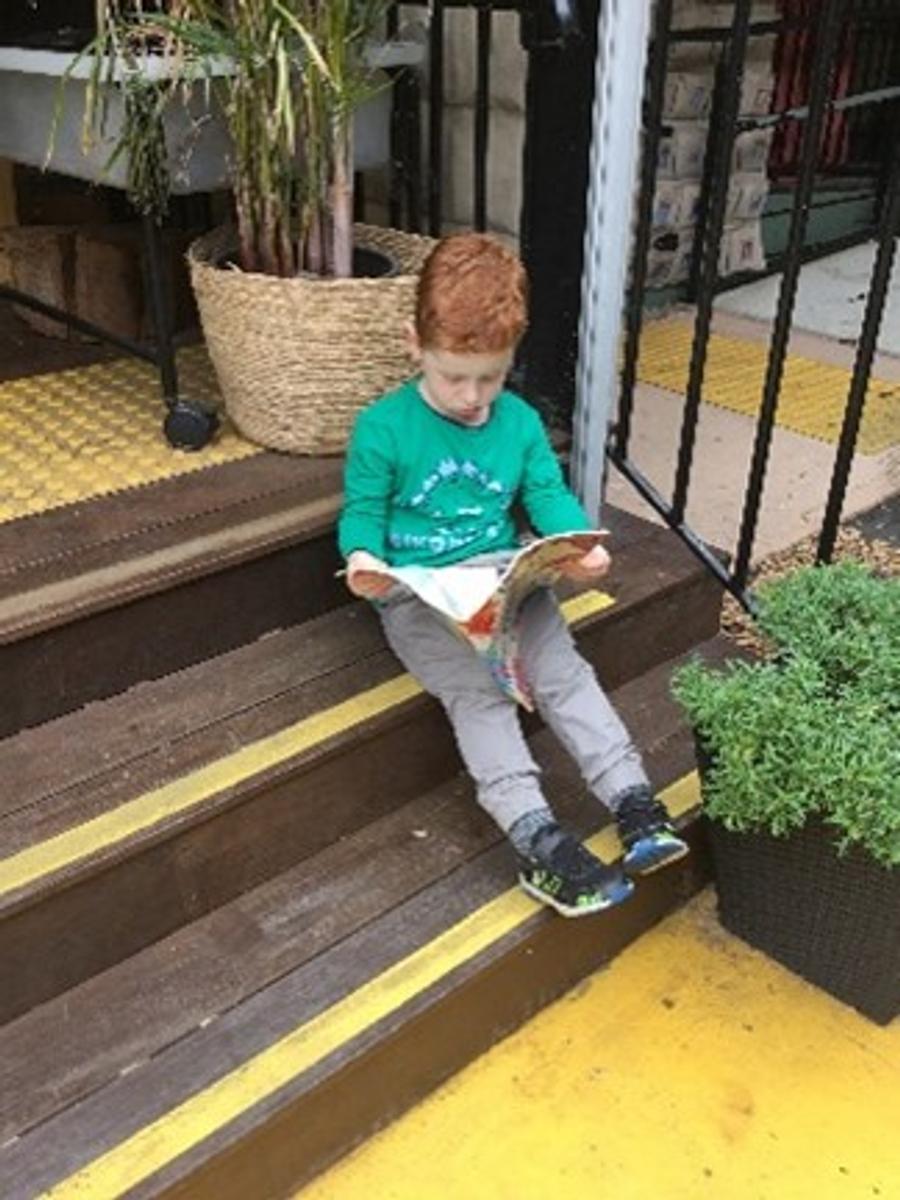Glen Education Carnegie

Sparking Imagination
By Glen Carnegie Educational Team
Our kindergarten learning environment reflects the connections from home, so children feel secure and a sense of belonging. Our space is open and inviting, creating an environment with living plants, family photos, cozy sofa, soft cushions, carpets, dining table and chairs that represent a homelike feel, so children can maintain connections with their families and homes.
Our open spaces are flexible, and materials are open-ended. As Curtis & Carter (2003) describes “Offering open-ended materials in a variety of areas will spark children’s imaginations and speak to their desire to continually rearrange and combine materials for exploration and inventions” (p.16).
We see examples of children role playing day to day life events, they are used to seeing these scenarios and they enjoy creating these moments when they come to kindergarten. It was the children’s idea to create this ‘home corner’ space.
The Third Teacher
We see our environment as the ‘Third Teacher’. Our kindergarten environment promotes each child’s sense of agency and allows our children to be active contributors to be empowered, make choices about where they want to play, and what activities they would like to engage in. Research indicates that children learn through their senses and effective learning takes place when all the senses are stimulated.
Children require spaces that are flexible, allowing for uninterrupted play, so they can enjoy moments of solitude or parallel play in small or large groups to use their imaginations and work collaboratively with peers. If the environment is inviting, pleasing, and relaxing, children are more responsive, creative, and curious learners.
We see several examples where children are enjoying being outdoors while having fun with some of their favourite experiences. These include: building, drawing, enjoying a picnic lunch or even yoga. An example of play observed by educators was when Jacob and Finn were building with Mobilo connectors and then moved them into the block area and continuing with their build.
Jacob “It’s a big garage…for all our trucks”
Finn “We are building a ramp now”.
Children are quick to use their imaginations and objects to represent things they are thinking about.
Our environment encourages choices, problem solving, and discoveries in the process of learning. It also allows them to be creative and imaginative.
Children are drawn to the opportunities that the natural world provides to use all their senses, create adventures, and explore. With the change in seasons children can experience a sense of wonder in their natural environment. Water, sand, mud, rocks, twigs, leaves offer endless opportunities to experience natural world provoking their senses, creativity, and imagination. Our children are constantly engaged with the water pump, sand pit, throwing leaves in the air, collecting and crumbling leaves in their hands.
Our learning environment also teaches children to be responsible and responsive. Watering plants, looking after our resident turtle ‘Rocky’ and taking care of their environment, allowing them to become socially responsible and show respect for their play spaces. Outdoor leaning space also provide opportunities for children to become strong in their social, emotional and spiritual wellbeing while engaged in gross motor movements.
Reflecting on this journey, we as educators, believe that our learning environment supports children to build relationships, make choices in an unhurried time to pursue their own interests, and connections with nature.
References:
Curtis, D & Carter, M 2003, Designs for living and learning: Transforming early childhood environments, Red Leaf Press, MA, USA.

